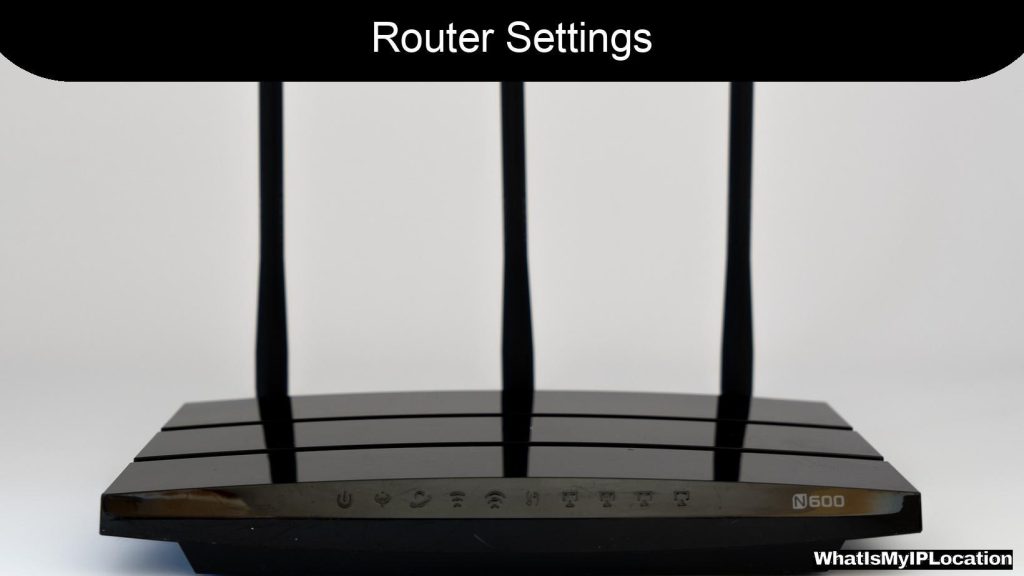LAN (Local Area Network) covers a small geographic area like a home or office, while WAN (Wide Area Network) connects larger areas, often spanning cities or countries. LANs enable high-speed connections within a limited space, whereas WANs facilitate communication over long distances, typically at lower speeds.
When talking about computer networks, you might hear terms like LAN and WAN tossed around a lot. Ever wonder what they mean? Let’s break it down and make sense of these two types of networks!
What is a LAN?
Local Area Network (LAN) is all about the smaller spaces. Think of it as your home or your office where computers and devices are connected close together.
- Definition: A LAN connects your devices over a small geographical area. For instance, your WiFi at home connects your laptop, phone, and smart TV.
- Speed: LANs are usually super fast. They can achieve high data transfer rates, often exceeding 100 Mbps, thanks to technologies like Ethernet.
- Examples: Your home network, a school computer lab, or a small business network.
What is a WAN?
Wide Area Network (WAN), on the other hand, spans much larger areas. It’s the Internet and beyond!
- Definition: WANs connect LANs located far apart. They can stretch across cities, countries, or even around the world.
- Speed: Although WANs can cover vast distances, they’re generally slower than LANs due to the greater distance and possible congestion.
- Examples: The Internet and corporate networks connecting different office locations globally.
Key Differences Between LAN and WAN
| Feature | LAN | WAN |
|---|---|---|
| Area covered | Small (like a home or school) | Large (cities or countries) |
| Speed | Fast (100 Mbps +) | Slower (varies by distance) |
| Ownership | Typically owned by individuals or organizations | Often built using multiple providers |
| Cost | Relatively low setup costs | Higher due to infrastructure |
| Latency | Low latency | Higher latency |
| Examples | Home WiFi, offices, schools | Internet, intercity networks |
Why do LANs and WANs Matter?
So, why should you care about LANs and WANs? Well, understanding these networks can help you in various ways:
- Choosing Technology: If you’re setting up a network, knowing whether you need a LAN or WAN helps you choose the right technology and services.
- Troubleshooting: Knowing the difference can help you pinpoint issues. Is it a problem with your local network or a wider Internet issue?
Setting Up a LAN
If you’re thinking about setting up a LAN, here’s a simple checklist to get you started:
- Get a Router: This is the heart of your network. It helps connect all your devices.
- Use Ethernet Cables: For the best speed, run cables between your devices and the router.
- Connect Wirelessly: If you want to go wireless, set up WiFi on your router.
- Configure Your Devices: Make sure to connect each device using the right settings.
Managing a WAN
Setting up a WAN is a bit more complex and usually requires more resources. Here’s a basic view:
- Choose Providers: You’ll need Internet Service Providers (ISPs) for the wide connections.
- Connect LANs: This often means linking different offices or locations, perhaps using VPNs (Virtual Private Networks).
- Monitor Traffic: WANs require regular monitoring for traffic and performance to keep everything running smoothly.
Common Use Cases
-
LAN Use Cases: Useful for sharing files, printing, or gaming among connected devices. Think about how you might stream a movie from your laptop to your TV.
-
WAN Use Cases: Ideal for businesses that have multiple branches in different locations, allowing them to communicate and share resources effectively.
FAQs About LANs and WANs
Q1: Can I use both LAN and WAN at the same time?
Absolutely! Many homes and businesses operate on a LAN while connecting to the Internet, which is a WAN.
Q2: Are there specific devices needed for LAN?
Yes! Routers, switches, and access points are common devices used in LAN setups.
Q3: Is setting up a WAN always expensive?
Not always, but it can be! Costs vary widely based on your needs and the ISPs you choose.
Q4: Can I convert a LAN to a WAN?
You can’t convert a LAN directly into a WAN, but you can connect LANs together to create a wide area network.
The Role of E-A-T in Networking
In discussions about networks, especially when you’re learning or trying to troubleshoot issues, it’s important to follow credible sources—this is where E-A-T comes into play:
– Expertise: Look for information from those who know what they’re talking about, like tech professionals and well-reviewed tech sites.
– Authoritativeness: Check if the source has clout in the networking community.
– Trustworthiness: Verify that the information is accurate and reliable.
Conclusion: Wrapping It Up
Understanding the difference between LAN and WAN is super important, whether you’re just setting up a home network or managing a huge business operation. Remember, LANs are for local, speedy connections, while WANs stretch across the globe, linking everything together. By recognizing what you need for your specific situation, you can make better decisions about the networks you use every day.
Feel free to dive deeper into this world of networking – whether you’re a novice or a tech guru, knowing the ins and outs can really help you navigate our connected world!

